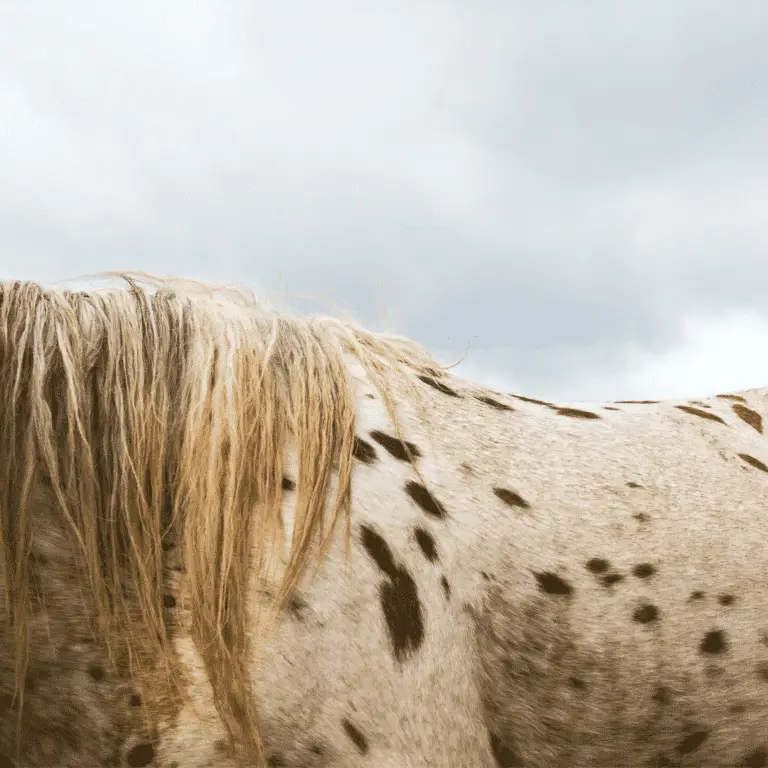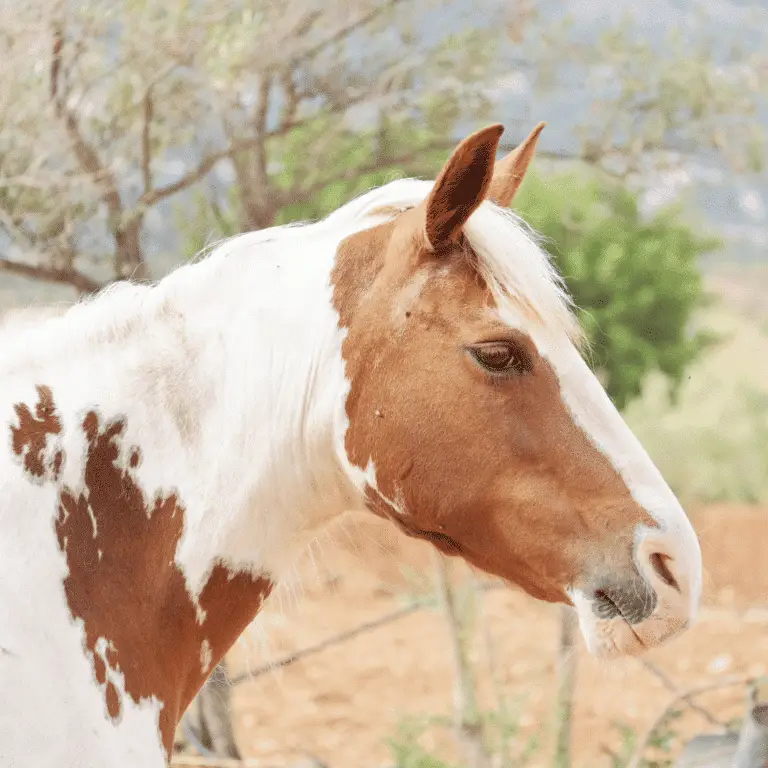
Equine Sarcoids
Seek veterinary advice if you suspect this disease.
Equine sarcoids are common skin tumors in horses caused by the bovine papillomavirus, often presenting as locally invasive growths.

Seek veterinary advice if you suspect this disease.
Melanomas are cancerous growths most commonly associated with mature grey horses, the majority of affected animals will enjoy long and successful lives and careers with the masses having little direct effect on their quality of life.
The tumours are usually benign and grow slowly, however, in a small number of horses, they can become locally aggressive and may migrate to multiple sites within the body. Approximately 80% of grey horses older than 15 years will develop a growth.
Melanomas develop when cells that contain the dark pigment melanin (melanocytes) proliferate and multiply. The majority of equine melanomas grow in the skin and are readily visible. They are most often found as clusters of firm, dark nodules or as solitary black bumps.
The most common locations include the undersurface of the tail; the perianal region, and the external genitalia. They also frequently occur in the jaw region, the neck, the eyes, and the ears. Less commonly the eyes and limbs can be affected.
Researchers have tracked both grey coat colour and high melanoma risk to the same mutation on a single gene, which explains why these tumours appear so often in grey horses but so rarely in bay or chestnut Coloured horses.
Locoregional control of melanoma masses depends on surgical removal and/or intralesional chemotherapy (possibly with adjunctive hyperthermia or electroporation). Systemic treatment is not evidence-based but immunomodulators and vaccines can be tried.
Although there is no way to prevent melanoma occurrence, increased surveillance, diagnosis, and quick treatment can reduce the number of horses that develop non-treatable lesions.

Digital health management offers numerous benefits in modern equine healthcare.
With the Happie Horse App, you can track symptom patterns and body values, such as Temperature, Pulse and Respiration. Allowing you to notice abnormal changes in body and behaviour early on, leading to more successful treatments.
The Happie symptom checker allows you to add all of your horse’s abnormal symptoms in order to present potential causes and diseases.

Seek veterinary advice if you suspect this disease.
Equine sarcoids are common skin tumors in horses caused by the bovine papillomavirus, often presenting as locally invasive growths.

Squamous Cell Carcinoma This disease is life-threatening and should be treated by a veterinarian swiftly. Squamous cell carcinoma (SCC) is

Equine Keratoma (Hoof Tumor) Seek veterinary advice before applying any treatment. A keratoma is a rare benign tumour of the inner layer